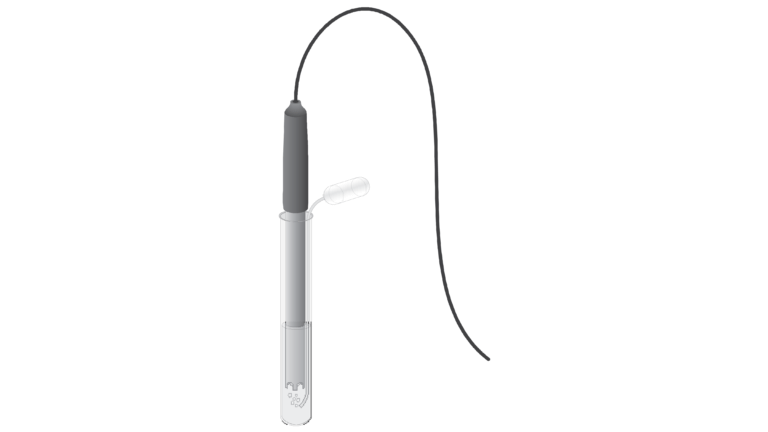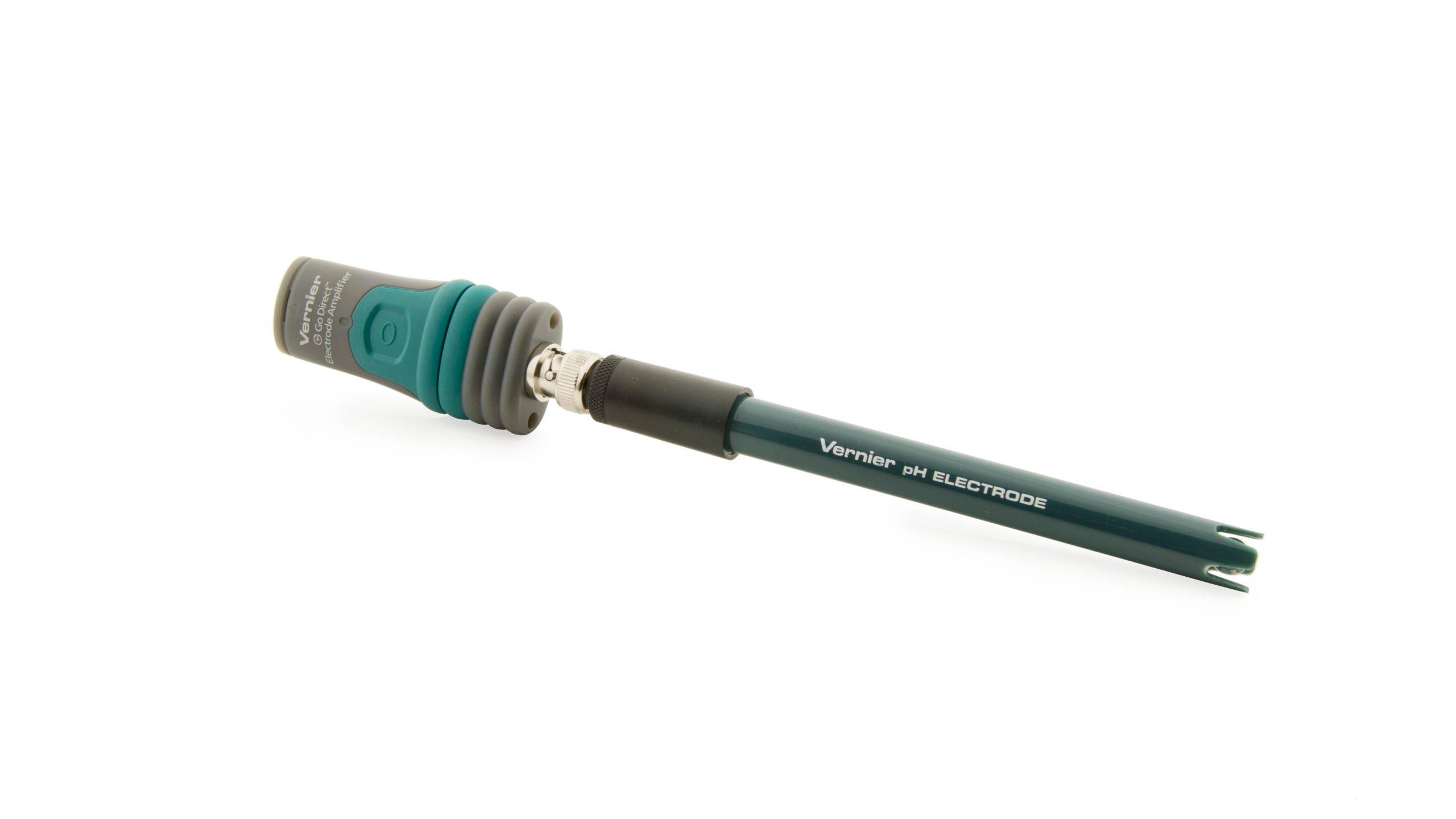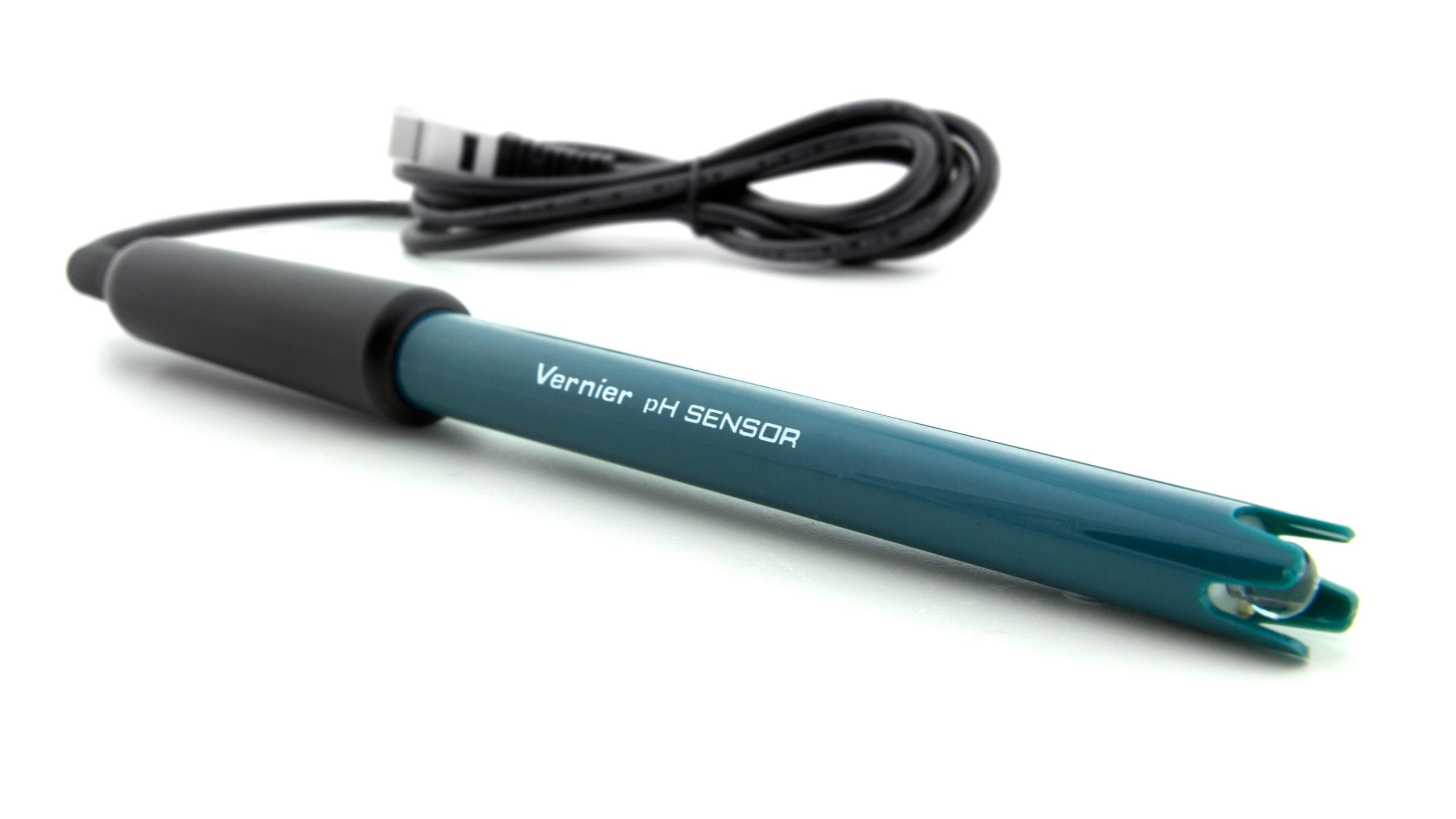
Introduction
In this experiment, you will observe the formation of four acids that occur in acid rain:
- carbonic acid, H2CO3
- nitrous acid, HNO2
- nitric acid, HNO3
- sulfurous acid, H2SO3
Carbonic acid occurs when carbon dioxide gas dissolves in rain droplets of unpolluted air:
Nitrous acid and nitric acid result from a common air pollutant, nitrogen dioxide (NO2). Most nitrogen dioxide in our atmosphere is produced from automobile exhaust. Nitrogen dioxide gas dissolves in rain drops and forms nitrous and nitric acid:
Sulfurous acid is produced from another air pollutant, sulfur dioxide (SO2). Most sulfur dioxide gas in the atmosphere results from burning coal containing sulfur impurities. Sulfur dioxide dissolves in rain drops and forms sulfurous acid:
In the procedure outlined below, you will first produce these three gases. You will then bubble the gases through water, producing the acids found in acid rain. The acidity of the water will be monitored with a pH Sensor.
Objectives
In this experiment, you will
- Generate three gaseous oxides, CO2, SO2, and NO2.
- Simulate the formation of acid rain by bubbling each of the three gases into water and producing three acidic solutions.
- Measure the pH of the three resulting acidic solutions to compare their relative strengths.
Sensors and Equipment
This experiment features the following sensors and equipment. Additional equipment may be required.
Option 1

Option 2

Ready to Experiment?
Ask an Expert
Get answers to your questions about how to teach this experiment with our support team.
- Call toll-free: 888-837-6437
- Chat with Us
- Email support@vernier.com
Purchase the Lab Book
This experiment is #22 of Chemistry with Vernier. The experiment in the book includes student instructions as well as instructor information for set up, helpful hints, and sample graphs and data.

